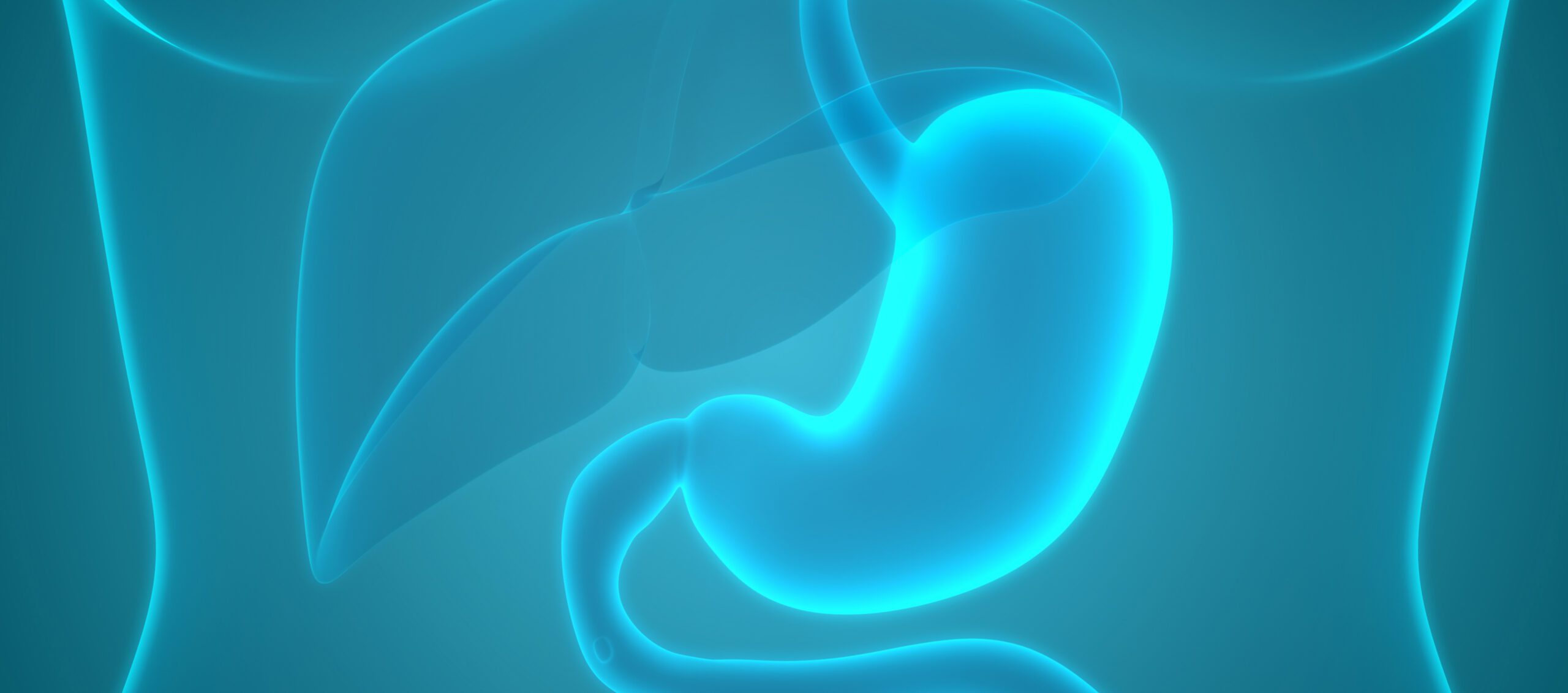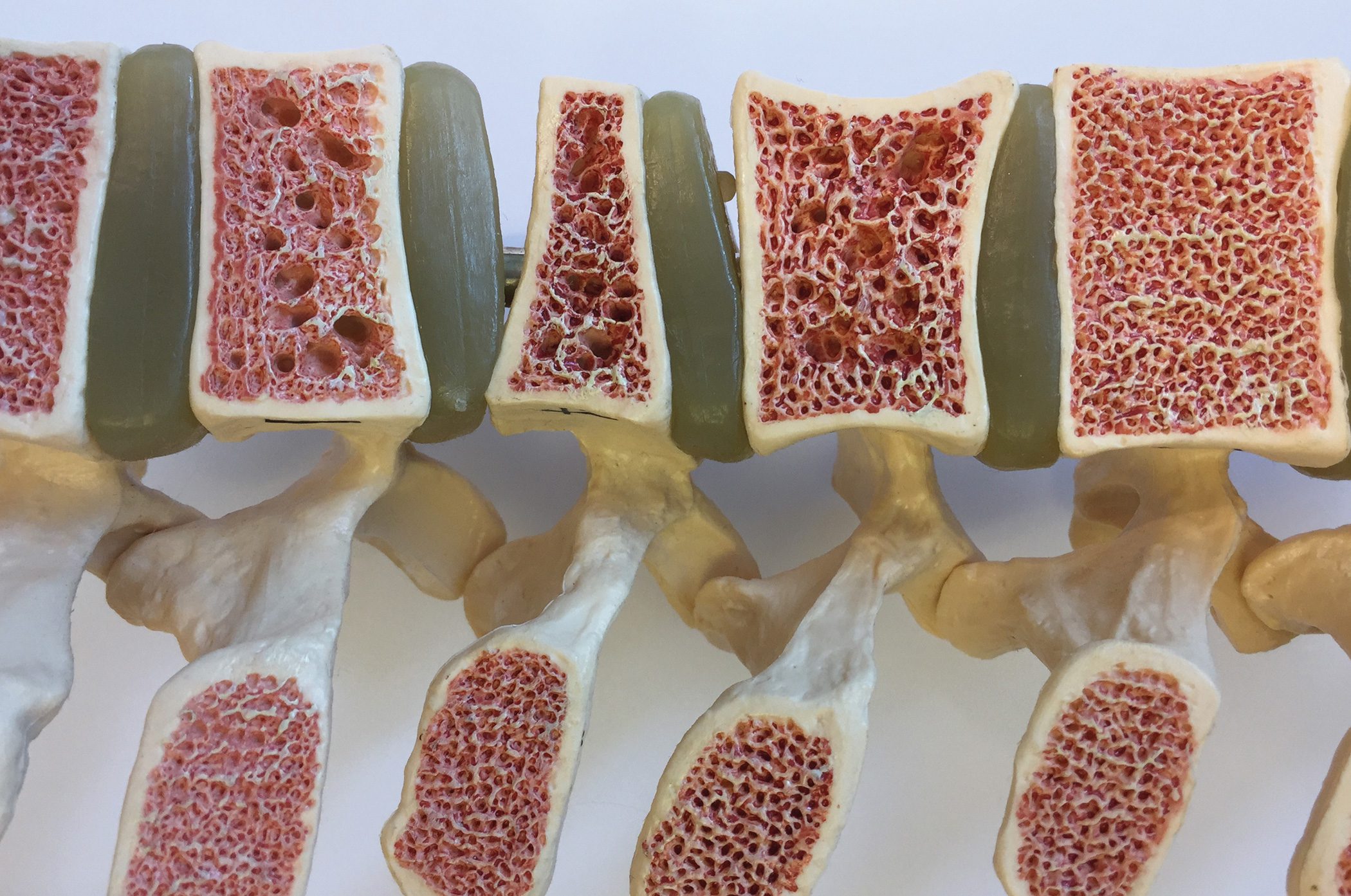Antiretroviral therapy (ART) has developed enormously over the last 40 years. Data from the “Swiss HIV Cohort Study” show that the life expectancy of HIV patients today hardly differs from that of the general population. Combination therapies have been optimized not only in terms of drug composition, but also in terms of dosage form. Nevertheless, the topics of multimorbidity and polypharmacy are still very topical today. There are interesting new studies on this.
AIDS (Acquired Immune Deficiency Syndrome) was described in 1981 as an emerging disease of unknown etiology based on clinical and immunological characteristics.
In 1983, HIV (Human Immunodeficiency Virus) was first recognized and described as the causative agent of the immunodeficiency disease.
According to estimates, around 39 million people worldwide are currently living with HIV or AIDS.
More than 95% of all people infected with HIV live in developing countries, and half of all adults affected are women.
In Switzerland, there are around 17,500 people infected with HIV [1].
In 2022, there were 371 new HIV infections in this country, 45% of which were MSM (men having sex with men), reported Prof. Dr. med. Gilles Wandeler, Head Physician, University Clinic for Infectiology, Inselspital Bern
| Fourth-generation HIV rapid tests After an infection, antibodies against HIV are usually formed within 2 to 3 weeks, which can be detected with the tests. In some cases, however, this can take a little longer. In the past, it was assumed to take 12 weeks before the infection could be reliably ruled out. |
| HIV rapid test: Modern, fourth-generation HIV rapid tests can be used to detect antibodies as well as an HIV antigen, allowing a diagnosis to be made with sufficient certainty at an early stage of the infection. A drop of blood from the fingertip applied to a test strip is sufficient for the rapid test. The result can be read after approx. 15 minutes. |
| HIV self-tests: Over-the-counter self-tests, which can be purchased in pharmacies, drugstores or online, generally have a diagnostic window of 3 months. This means that antibodies can only be reliably detected 12 weeks after a possible infection or a negative test result is meaningful. These tests are third-generation test systems that cannot detect HIV antigens. |
| HIV laboratory test: Under certain circumstances, a rapid test is unsuitable. For example, in the presence of symptoms of a primary HIV infection. In such cases, a regular laboratory test based on a venous blood sample is recommended. |
| according to [9] |
“Single tablet” simplified therapy considerably
The market launch of triple therapies in 1996 was a milestone. This achieved a much better treatment response than monotherapies, but several tablets had to be taken daily and the side effect rates were relatively high. “This has improved greatly over the years,” said the speaker [2]. Single-tablet regimens have been available since around 2013; for many patients, one tablet a day is sufficient. In terms of the active substances available for antiretroviral therapy (ART), the launch of integrase inhibitors was a major step forward [2]. When asked what the most important effects of ART are, Prof. Wandeler explained: “The viral load is suppressed and the CD-4 cells recover” [2]. Specifically, the aim of antiretroviral therapy is the permanent suppression of the HI viral load in the blood. The viral RNA should be below the detection limit (<50 copies/ml). According to current knowledge, ART is a lifelong therapy strategy that should be taken without interruption.
Modern “2-drug” regimens also available as a depot syringe
Dual therapies (“2-drug regimens”, DR) are now also available on the market. Juluca® is a two-drug combination of dolutegravir (integrase inhibitor) and rilpivirine (non-nucleoside reverse transcriptase inhibitor, NNRTI) [3]. The data showed that the combination of dolutegravir and rilpivirine was not inferior to a classic triple combination [4]. Juluca® is approved for HIV-infected people who have been below the detection limit (50 copies/ml) for at least six months with a triple combination [3]. For another dual combination, dolutegravir and lamivudine (Dovato®) – an integrase inhibitor with a nucleoside/nucleotide reverse transcriptase inhibitor (NRTI) – the studies were also designed for previously untreated people [4]. Treatment with just two active substances also proved successful in this group. In the meantime, a combination of two depot injections has also been approved: One with cabotegravir (Vocabria®), the other with rilpivirine (Rekambys®) [3]. Both are injected intramuscularly at the same time and are then effective for two months. This means that instead of taking tablets every day, only six injection appointments per year need to be observed. Perhaps in a few years, only two injections per year will be necessary, which would be very attractive for those affected, according to the speaker [3].
For people who are repeatedly exposed to the risk of infection, the prophylactic use of certain HIV drugs is an important strategy to reduce the risk of HIV infection.
In Europe, the combination of tenofovir + emtricitabine is approved for HIV pre-exposure prophylaxis (HIV-PrPEP)
HIV-infected people have an increased cardiovascular risk
The “Swiss HIV Cohort Study” contains data from a total of around 20,000 participants. Analyses show that the life expectancy of HIV-infected people has improved over the years and is approaching that of the general population [5]. Differences are primarily due to comorbidities and socio-economic factors, explained Prof. Wandeler [2]. Today, more than half of HIV-infected people in Switzerland are over 50 years old. As the average age has risen, so too have multimorbidity rates [6]. An analysis published in 2022 based on data from the Swiss HIV Cohort Study and the CoLaus study** showed that the cardiovascular risk of people with HIV is significantly increased (Fig. 1) [7]. “HIV therapy as well as HIV infection and comorbidities lead to an increased cardiovascular risk in people with HIV,” explained the speaker, adding that the chronic inflammatory processes associated with HIV and the side effects of ART are possible explanations for this.
** CoLaus study = The Cohorte Lausannoise (CoLaus) represents the general population
Multimorbidity is known to result in polypharmacy. “Polypharmacy is a very important topic for us,” Prof. Wandeler admitted. In this context, he pointed out a website that can be consulted to check interactions between active ingredients: www.hiv-drug-interactions.org. This is very helpful in everyday practice, for example when it comes to the question of whether or which statin or antihypertensive should be prescribed to an HIV-infected person.
“Around half of our patients are overweight or obese,” reported the speaker. A connection between overweight and obesity was already an issue before the introduction of ART, but it has since become more pronounced. Integrase inhibitors are very important substances for ART. But a study published in 2017 by Norwood et al. showed that adult HIV-infected patients gained significantly more weight after switching from daily fixed-dose EFV/TDF/FTC to an integrase inhibitor (INSTI&)-based regimen than those who continued to take EFV/TDF/FTC. This weight gain was most pronounced in patients who were switched to DTG/ABC/3T.
& INSTI=Integrase strand transfer inhibitor
A prospective study by Bannister et al., which included 6721 adult HIV patients who started a new antiretroviral therapy between 2010 and 2019, showed that during the median follow-up period of 4.4 years [IQR 2,6–6,7]), the proportion of overweight people increased by 8.2% and the proportion of obese people by 4.8%. Compared to a stable BMI, an increase of >1 kg/m2 was associated with an increased risk of diabetes mellitus.
A study published in 2023 by Grinspoon et al. shows that statins may be a comedication to be considered [8]. [8]. 7769 HIV-infected patients with a low to moderate risk of cardiovascular disease who were receiving ART were randomized to a pitavastatin arm (dose of 4 mg) and a placebo arm. The incidence of a serious adverse cardiovascular event was significantly lower with statin therapy than with placebo: 4.81 per 1000 person-years in the pitavastatin group and 7.32 per 1000 person-years in the placebo group (hazard ratio 0.65; 95% CI: 0.48-0.90; p=0.002).
Congress: SGAIM Spring Congress
Literature:
- Robert Koch Institut: RKI-Ratgeber: HIV-Infektion/AIDS, www. rki.de/EN/Content/Infect/EpidBull/Merkblaetter/Ratgeber_HIV_AIDS.html(last call 02.07.2024)
- Federal Office of Public Health (FOPH): Aids www.bag.admin.ch/bag/de/home/krankheiten/krankheiten-im-ueberblick/aids.html,(last accessed 01.07.2024).
- “HIV for general internists”, Prof. Dr. med. Gilles Wandeler, SGAIM Spring Congress, 29-31.05.2024.
- Swissmedic: Medicinal product information, www.swissmedicinfo.ch,(last accessed 01.07 2024).
- “HIV-Therapie: Neue Ansätze und Entwicklungen”, 28.02.2024, https://magazin.hiv/magazin/hiv-therapie-neue-ansaetze-und-entwicklungen,(last accessed 01.07 2024).
- Gueler A, et al: Swiss HIV Cohort Study, Swiss National Cohort. Life expectancy in HIV-positive persons in Switzerland: matched comparison with general population. AIDS 2017; 31(3): 427-436.
- Schouten J, et al: AGEhIV Cohort Study Group. Cross-sectional comparison of the prevalence of age-associated comorbidities and their risk factors between HIV-infected and uninfected individuals: the AGEhIV cohort study. Clin Infect Dis 2014; 59(12): 1787-1797.
- Delabays B, et al: Cardiovascular risk assessment in people living with HIV compared to the general population. Eur J Prev Cardiol 2022; 29(4): 689-699.
- Grinspoon SK, et al.; REPRIEVE Investigators. Pitavastatin to Prevent Cardiovascular Disease in HIV Infection. N Engl J Med 2023; 389(8): 687–699.
- Cantonal Hospital St. Gallen: HIV rapid test, www.kssg.ch/infekt/leistungsangebot/hiv-schnelltest-0,(last accessed 01.07 2024).
HAUSARZT PRAXIS 2024; 19(7): 20-21 (published on 22.7.24, ahead of print)













